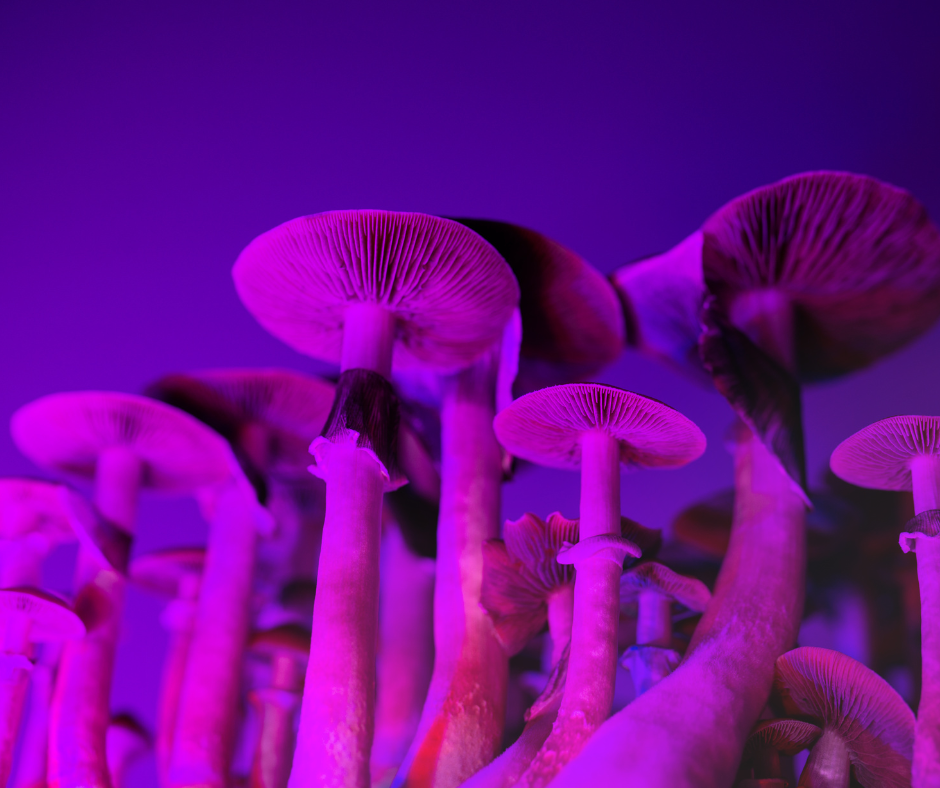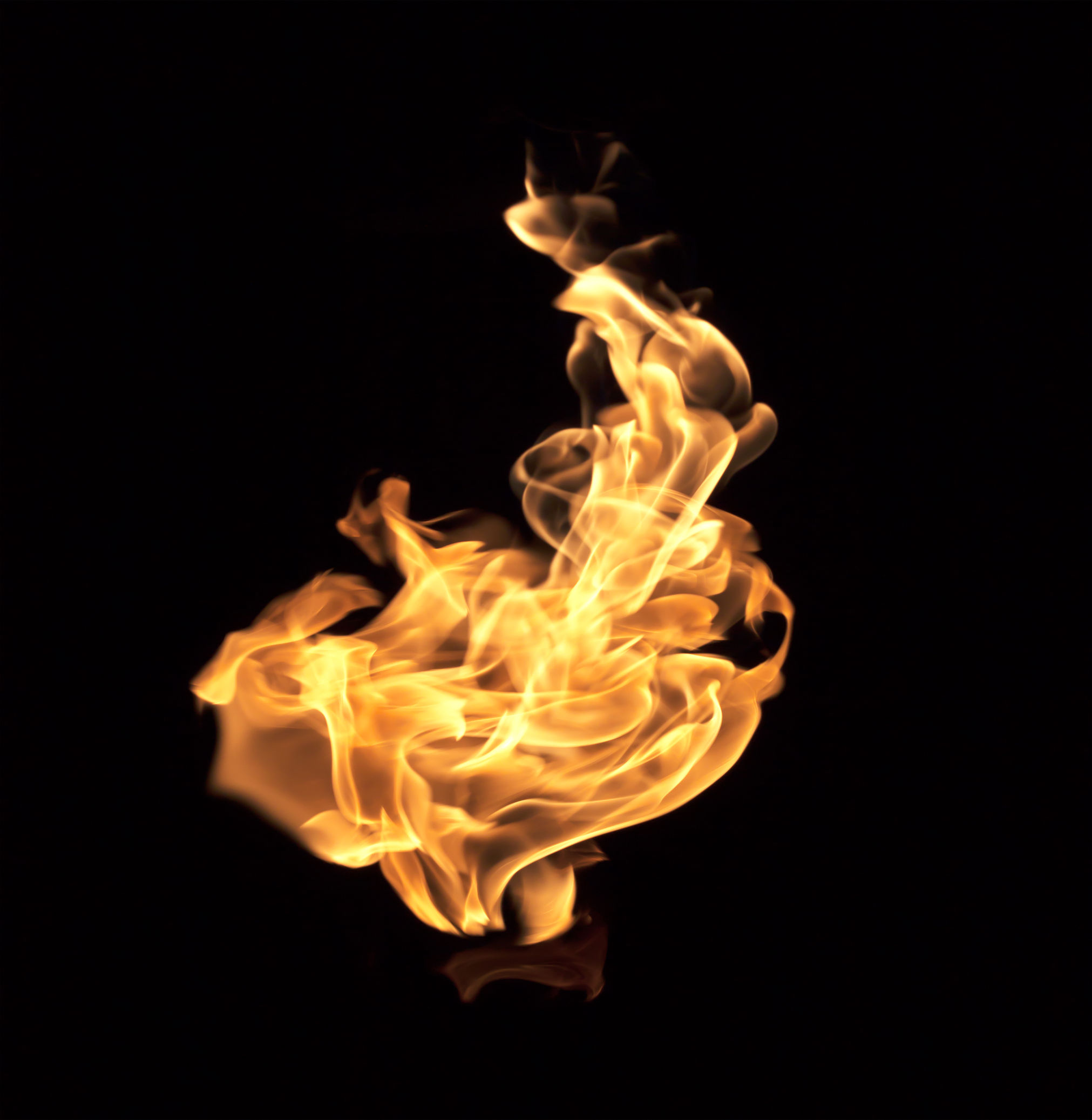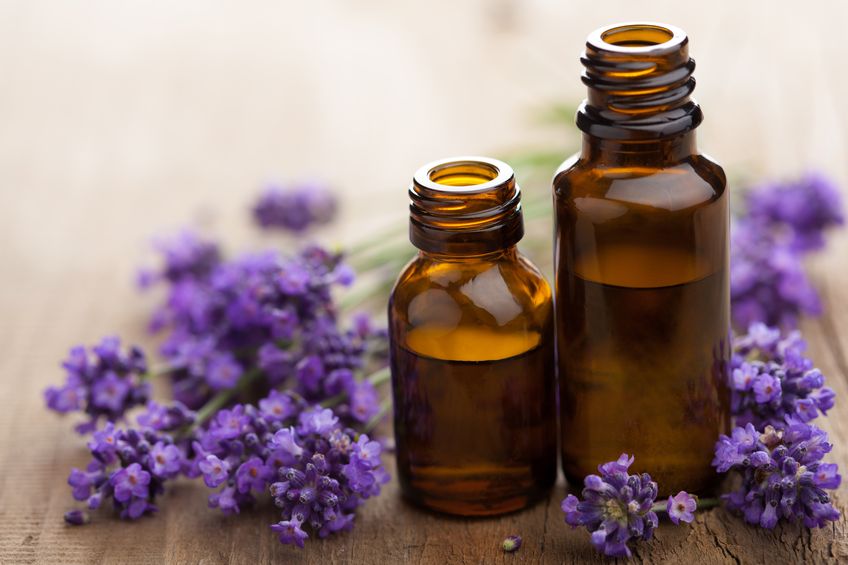Pam Conboy
Welcome to this 5-part series exploring our present psychedelic revival, focused on psilocybin-containing mushrooms. Although we will be covering the mechanisms, research, and therapeutic potential of psilocybin and its active metabolite, psilocin, in future articles, today I’ll be setting the foundation. Here, I delve into the long history of indigenous use in ceremony, past and present legal status in the United States, and protected use pathways.
The use of psilocybin-containing mushrooms dates back at least 3,000 years. We know that indigenous cultures in Mesoamerica (Mexico and Central America) have long used these mushrooms in religious, healing, and rites of passage ceremonies. Additional archaeological evidence, including mushroom-shaped stones and mural depictions, also suggests ritualistic mushroom use by the Olmec, Zapotec, and Maya civilizations.
The Aztecs referred to these mushrooms as teonanácatl, meaning “flesh of the gods.” Spanish missionaries, upon encountering these practices in the 16th century, condemned them as pagan. But in 1569, a more enlightened Spanish friar, Bernardino de Sahagún, documented Aztec use of psilocybin in his Florentine Codex. This was one of the earliest written accounts of its use for divination and healing.
Awakening in the West
In 1955, psilocybin entered Western consciousness when R. Gordon Wasson, a banker and amateur mycologist, participated in a Mazatec mushroom ceremony led by curandera María Sabina, in Oaxaca, Mexico. When Wasson’s account was published in Life magazine in 1957, it sparked considerable interest. As such, one man’s single magazine article is considered a turning point in Western interest and investigation into psilocybin’s spiritual and therapeutic qualities.
Shortly thereafter, in 1958, Swiss chemist Albert Hofmann, perhaps most well known for his earlier synthesis of LSD, isolated and identified psilocybin/psilocin from the mushroom strain Psilocybe mexicana. Sandoz Pharmaceuticals then began producing synthetic psilocybin under the trade name Indocybin for psychiatric research, marking the beginning of formal scientific investigation and human clinical trials.
Sandoz initially conducted studies to assess Indocybin’s pharmacology, safety, metabolism, and psychoactive properties. Hofmann himself described how psilocybin is metabolized into psilocin, a serotonergic (5‑HT₂A receptor activating) compound that alters perception, thought, and mood. Additional research in that era explored psilocybin’s impact in the clinical setting, with early findings suggestive of therapeutic benefits for anxiety, addiction, and existential (end-of-life) distress. With a strong safety profile, minor and self-limiting side effects (e.g., mild nausea, headache), and no reported major adverse events, psilocybin seemed poised to provide relief for many. That is, until the widespread recreational use of psilocybin and other psychedelic substances led the US Food and Drug Administration (FDA) to classify psilocybin as a Schedule I drug in 1970. This effectively deemed psilocybin as having no therapeutic value and a high likelihood of addiction. Shortly thereafter, in 1971, the United Nations followed suit with the Convention on Psychotropic Substances international ban on psychedelic substances. To this day, despite virtually every prestigious academic institution in America actively researching psilocybin (and other psychedelics) with its strong safety profile, demonstrated therapeutic value, and extremely low propensity for addiction, it remains classified as Schedule I and legally inaccessible in most US states.
Current Legal Status in the United States
Despite the fact that the same FDA that classified psilocybin also designated it as a breakthrough therapy for treatment-resistant depression (Compass Pathways, 2018) and major depressive disorder (Usona Institute, 2019), it is still considered a controlled substance under federal law. Although possession, use, and/or distribution is currently illegal nationwide, many states and municipalities are working to pass legislation to provide for decriminalization and therapeutic use pathways.
To follow is a brief overview of the legal progress by state as of this writing, but it is a quickly shifting environment. You can always find the most up-to-date information by visiting the Psychedelic Legalization & Decriminalization Tracker, an interactive psychedelic law and policy map made possible by a collaboration between the UC Berkeley Center for the Science of Psychedelics (BCSP), Psychedelic Alpha, and Calyx Law.
| State|Municipality | Approved Use | Legal Status |
| California-Arcata, Berkeley, Oakland, San Francisco | N/A | Criminal prosecution is deprioritized |
| California-Eureka | N/A | Decriminalized |
| Colorado | Therapeutic Use | Decriminalized Legal Use at Healing Centers |
| Oregon | Supervised Use | Decriminalized Legal Use at Supervised Centers |
| Minnesota-Minneapolis | N/A | Criminal prosecution is deprioritized |
| New Jersey | N/A | Reduced Penalties |
| New Mexico | N/A | Decriminalized |
| Washington | N/A | Reduced Penalties |
| Washington-Seattle, Port Townsend, Olympia, Jefferson County | N/A | Criminal prosecution is deprioritized |
| Washington DC | N/A | Decriminalized |
Protected Use Pathways
We have already discussed two of the three protected use pathways to access psilocybin available to Americans today: clinical research, which is made possible by the FDA’s breakthrough therapy designations, and travel to states that have decriminalized its use and/or offer formal therapeutic access options. The last protected use pathway is probably the most interesting and is made possible by a 1993 piece of federal legislation: the Religious Freedom Restoration Act (RFRA).
Originally passed to protect indigenous populations from persecution when utilizing entheogenic plant medicines in traditional ceremonies, this legislation is deliberately vague. Essentially, it states that because we are a country rooted in religious freedom, sacred psychedelic substances (the legislation does not specify which plants/fungi), when used in sincere spiritual practice (again, the type of practice is not specified), are considered protected use. As such, criminal or legal efforts will not be made to burden individuals and “churches” exercising this form of religious freedom. Although opinions vary slightly, the several Psychedelic Bar Association attorneys with whom I have discussed this matter are of the opinion that sincere spiritual use of psilocybin is indeed federally protected use.
As such, there are RFRA-protected churches using a variety of sacramental entheogenic plants throughout the United States, including but also beyond well-established indigenous practices and Native American churches. In full disclosure, I am co-founder of one of them: Setas Seminary in Reno, NV. I strongly recommend, however, that should you wish to explore this protected access option, you do your due diligence with intention. At the very minimum, the following checklist will allow you to vet the sincerity, quality, and support such a church offers:
- What is the overall mission and vision of the church?
- Who are the founders, and what are their respective backgrounds and experiences?
- What services are offered (sermon, education, community, integration, etc)?
- How are the sacred plants sourced, grown, tested for purity, etc?
- How are the sacred plants offered in sincere spiritual practice?
- How is church membership growing (word-of-mouth, physician/therapist recommendations, research collaborations, or simply social media)?
- What are members saying about the church, the leadership, and their experiences (review testimonials, member feedback, or even chat with a few church members)?
- Does the church collaborate with other spiritual, wellness, medical, therapy, and/or other support providers to offer a wide range of quality services to meet member needs?
- Does membership come at a cost?
- How does the church support itself financially?
When exploring the use of this powerful and potentially life-changing medicine, taking the time to choose the right option for you can positively and profoundly impact the benefits you receive.
Coming Next
In the next article of this series, I will be exploring the method behind the magic: psilocybin’s mechanisms in the brain and body that bring about its therapeutic benefits. You won’t want to miss it!

Pam Conboy has an undergraduate degree in biology and began her career in medical technology (clinical laboratory). A certified IIN health coach, she is currently completing a non-US-accredited doctoral degree in naturopathic medicine. Pam has worked most of her career in medical marketing in both conventional and integrative channels.




